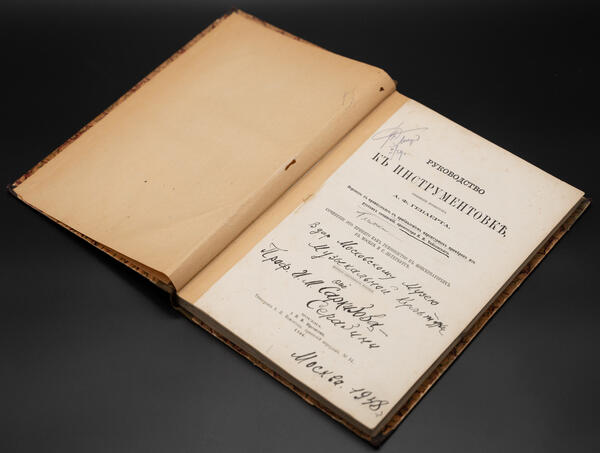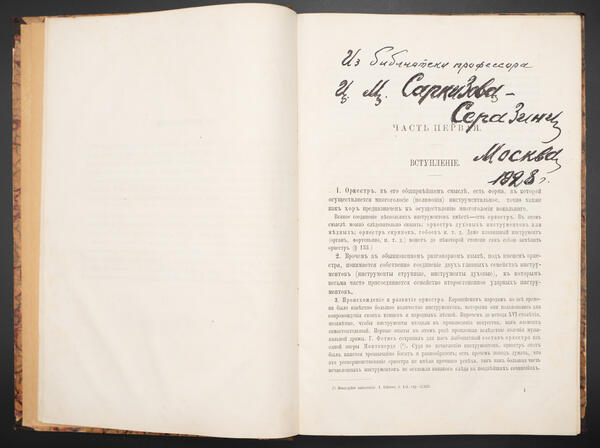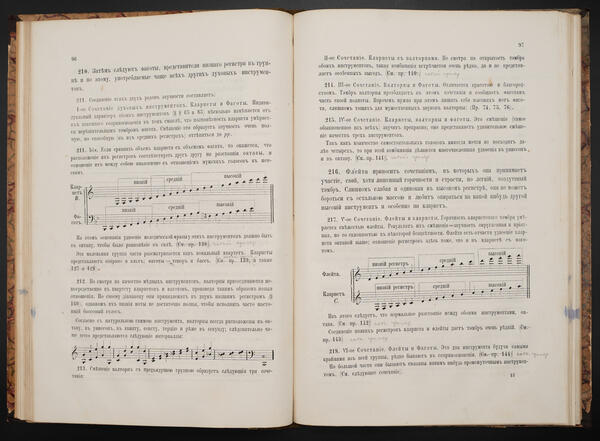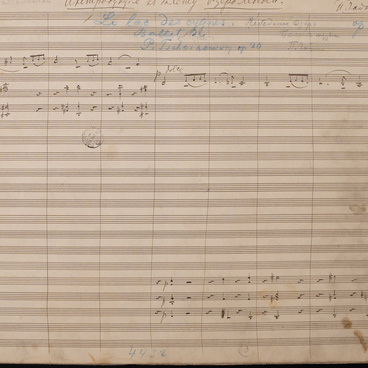Pyotr Ilyich Tchaikovsky actively translated foreign texts for the needs of Russian musical education: he adapted terminology, looked for musical illustrations from Russian music, added comments and revised the originals.
The first great work of Pyotr Tchaikovsky as a translator was the “Treatise on Instrumentation” by the Belgian music theorist, historian and composer, director of the Brussels Conservatory Francois Auguste Gevaert. The translation of the textbook from French into Russian was carried out by a 25-year-old composer on the instructions of his teacher Anton Rubinstein in the summer of 1865.
In the early years of the first Russian conservatories, “Instrumentation” was a discipline that combined a course on instrumentation with a course on practical composition.
By the summer of 1865, Tchaikovsky’s student works already included over 30 pieces, a significant proportion of which were various sketches for orchestra. Among them were orchestrations of piano works by Beethoven, Weber, Schumann, as well as his own instrumental compositions. Some of them had features of his style that were already beginning to take shape, for example, the overture “The Storm” based on the drama of Alexander Ostrovsky, performed by Pyotr Tchaikovsky as a summer task in 1864 in Rubinstein’s class.
The composer included in his Gevaert’s translation fragments from Mikhail Glinka’s works and his critical remarks.
Tchaikovsky’s translation became the first serious work on instrumentation in Russian. For several decades, until the appearance of other translations of Gevaert’s books in 1890 and the original work “Principles of Orchestration” by Nikolay Rimsky-Korsakov in 1913, the textbook served as the only manual on orchestral art for the students of the first Russian conservatories. Until that time, students had only had access to the “Notes on Instrumentation” by Mikhail Glinka, published by Alexander Serov in 1856.
Later Tchaikovsky wrote several textbooks: “Guide to the Practical Study of Harmony” and “A Short Manual of Harmony, Adapted to the Study of Sacred Musical Works in Russia.”





